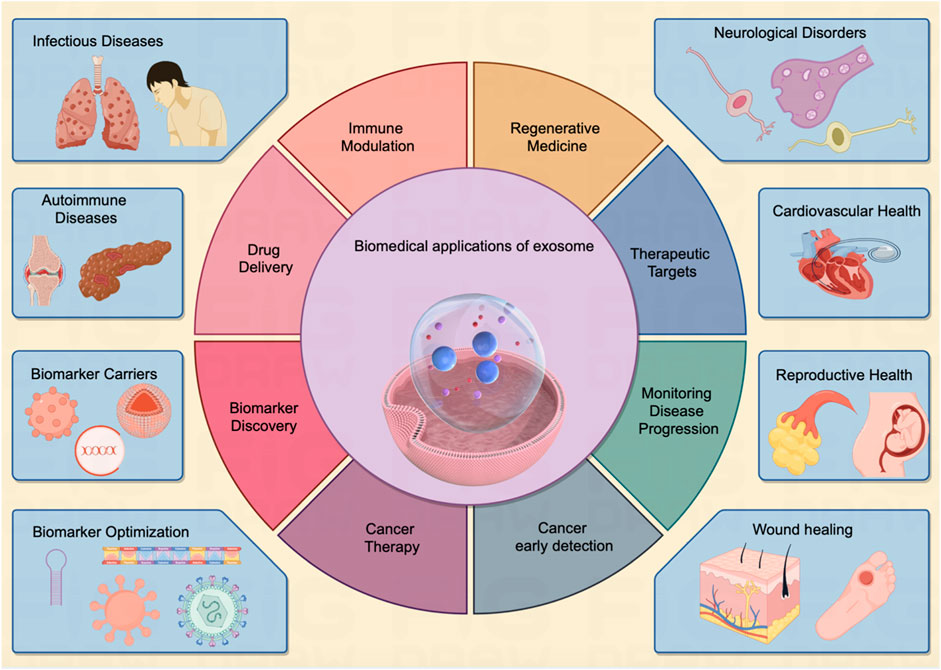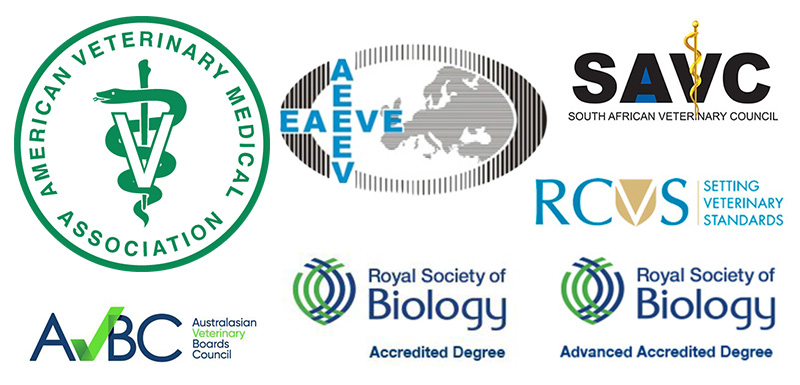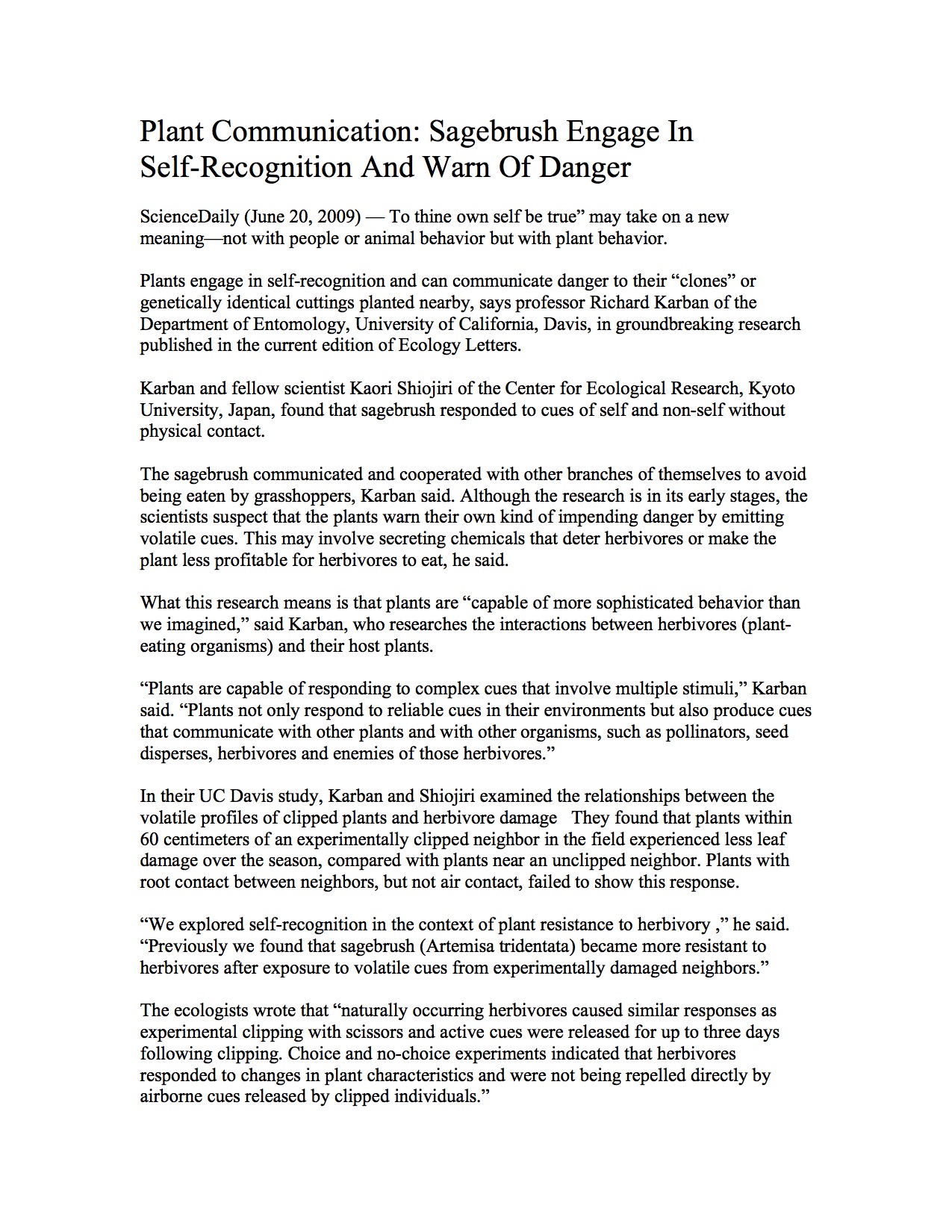Launch of WHO Family Planning Digital Content Repository
Overview
On a coordinated global schedule (7:00 Mexico City | 9:00 New York | 13:00 Dakar | 15:00 Geneva | 18:30 New Delhi), the World Health Organization (WHO) has introduced a digital client-facing toolkit aimed at combating misinformation and enhancing access to evidence-based family planning (FP) information. This initiative aligns with the Sustainable Development Goals (SDGs), particularly SDG 3 (Good Health and Well-being) and SDG 5 (Gender Equality), by promoting informed decision-making and equitable access to sexual and reproductive health services.
Toolkit Features
- Grounded in WHO guidance to ensure reliability and accuracy.
- Includes a comprehensive content repository with evidence-based, user-friendly materials.
- Designed to support digital platforms in delivering accurate family planning information.
- Aims to address myths and misconceptions surrounding family planning.
- Facilitates informed decision-making among users, contributing to improved health outcomes.
Webinar Details and Objectives
The launch was accompanied by a webinar designed to introduce the toolkit and foster collaboration. The session objectives included:
- Exploring WHO’s efforts to promote validated content and counter misinformation on digital platforms.
- Sharing experiences regarding the use of social media and digital platforms to improve access to sexual and reproductive health information.
- Introducing the new WHO family planning digital content repository and discussing opportunities for partnership and collaboration.
Contribution to Sustainable Development Goals
- SDG 3 (Good Health and Well-being): By providing accurate family planning information, the toolkit supports healthier lives and well-being for all ages.
- SDG 5 (Gender Equality): Empowering individuals, especially women and girls, with reliable information promotes gender equality and reproductive rights.
- SDG 9 (Industry, Innovation, and Infrastructure): Leveraging digital platforms and innovative tools enhances access to health information.
- SDG 10 (Reduced Inequalities): Improving access to evidence-based information helps reduce inequalities in sexual and reproductive health knowledge.
Access and Further Information
For more details and to register for the webinar, interested parties can visit the official WHO registration page: WHO Family Planning Digital Content Repository Webinar Registration.
1. Sustainable Development Goals (SDGs) Addressed or Connected
- SDG 3: Good Health and Well-being
- The article focuses on improving access to evidence-based family planning information, which directly relates to ensuring healthy lives and promoting well-being.
- SDG 5: Gender Equality
- By empowering users, particularly women, to make informed decisions about family planning, the article addresses gender equality and women’s empowerment.
- SDG 9: Industry, Innovation and Infrastructure
- The development of a digital client-facing toolkit and use of digital platforms aligns with fostering innovation and building resilient infrastructure.
- SDG 10: Reduced Inequalities
- Improving access to accurate information through digital means helps reduce inequalities in access to health information.
2. Specific Targets Under Those SDGs
- SDG 3: Good Health and Well-being
- Target 3.7: Ensure universal access to sexual and reproductive health-care services, including family planning, information and education.
- SDG 5: Gender Equality
- Target 5.6: Ensure universal access to sexual and reproductive health and reproductive rights as agreed in accordance with the Programme of Action of the International Conference on Population and Development.
- SDG 9: Industry, Innovation and Infrastructure
- Target 9.c: Significantly increase access to information and communications technology and strive to provide universal and affordable access to the Internet.
- SDG 10: Reduced Inequalities
- Target 10.2: Empower and promote the social, economic and political inclusion of all, irrespective of age, sex, disability, race, ethnicity, origin, religion or economic or other status.
3. Indicators Mentioned or Implied in the Article
- Indicator for SDG 3.7: Proportion of women of reproductive age (15-49 years) who have their need for family planning satisfied with modern methods.
- Indicator for SDG 5.6: Percentage of women aged 15-49 years who make their own informed decisions regarding sexual relations, contraceptive use and reproductive health care.
- Indicator for SDG 9.c: Proportion of population covered by a mobile network, and percentage of individuals using the Internet.
- Indicator for SDG 10.2: Proportion of people living below 50% of median income, by sex, age and persons with disabilities.
- Implied Indicators:
- Usage metrics of the digital client-facing toolkit (e.g., number of users accessing the family planning content repository).
- Reduction in misinformation prevalence on digital platforms related to family planning.
- User engagement and satisfaction rates with the digital content repository.
4. Table of SDGs, Targets and Indicators
| SDGs | Targets | Indicators |
|---|---|---|
| SDG 3: Good Health and Well-being | Target 3.7: Ensure universal access to sexual and reproductive health-care services, including family planning, information and education. | Proportion of women of reproductive age (15-49 years) who have their need for family planning satisfied with modern methods. |
| SDG 5: Gender Equality | Target 5.6: Ensure universal access to sexual and reproductive health and reproductive rights. | Percentage of women aged 15-49 years who make their own informed decisions regarding sexual relations, contraceptive use and reproductive health care. |
| SDG 9: Industry, Innovation and Infrastructure | Target 9.c: Significantly increase access to information and communications technology and strive to provide universal and affordable access to the Internet. | Proportion of population covered by a mobile network; percentage of individuals using the Internet. |
| SDG 10: Reduced Inequalities | Target 10.2: Empower and promote the social, economic and political inclusion of all. | Proportion of people living below 50% of median income, by sex, age and persons with disabilities. |
Source: who.int


/sexual-and-reproductive-health-and-research-(srh)/srh-integration-in-health-systems-(shs)/digital-content-repository-launch.jpg?sfvrsn=48285989_4)





